How does breathing work?
How does breathing work? What happens during inhale and exhale? And how to practise breathing exercises consciously?
Let’s connect to our breath and go for a short trip to our diaphragm. Followed by the basic breathing techniques.
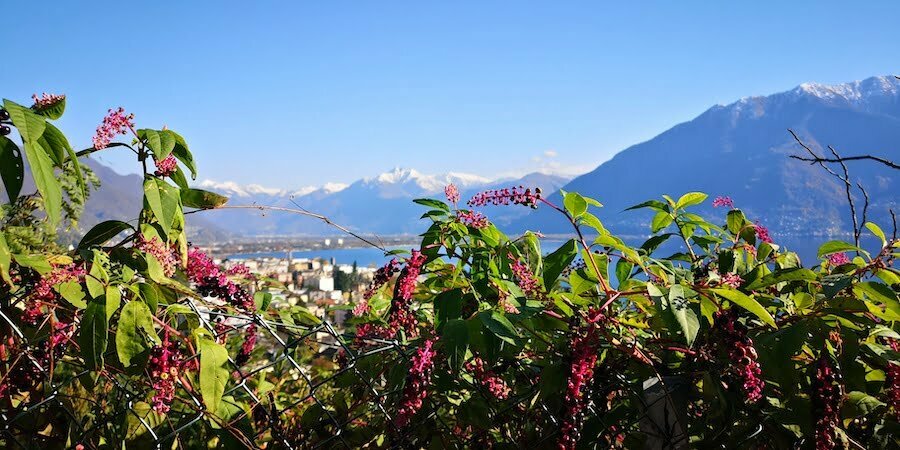
Pictures are taken in Locarno, Switzerland
How breathing is controlled
Sleeping, eating, singing, dancing, talking, meditating, we always breath. To assure the permanent functioning of breath, two mechanisms are in place:
- Automatic breathing: starting with the first gasp when a baby is born, the automatic breathing also goes on during sleep and even when a person is unconscious.
- Voluntary or volitional breathing: allows you to steer your breath, how fast, how deep and how long you want the breath to be.
The voluntary breath steering in yoga is called Pranayama. Prana means life energy, relating to the initial energy of the whole universe.
Breathing is the main source of energy and so life for your body. It is directly connected to the beating of your heart, and also to your emotions. Poor breathing can contribute to a multitude of health problems, from high blood pressure to insomnia. Let’s see why.

Breathing Cycle
With every inhale you take in fresh air and so energy. With every exhale, you spread this energy through all your body and simoultaneously remove waste from your body. Exhalation is the main way to expel toxins from our bodies.
Pranayama takes the awareness also to the intermediate steps: holding air after inhale and holing air after exhale.
These are the 4 steps of a breath cycle:
- Inhale
- Hold with full lungs
- Exhale
- Hold with empty lungs
The duration of each of these 4 steps makes the quality of your breathing, its impact on your body and your emotions.
In daily life, most people practise a shallow breath, meaning short inhale and exhale, without using the whole Breathing organ.

Breathing organ(s)
Nose and Mouth
The air enters through the nose and/or mouth. In yoga you’re told to inhale through your nose. Two main reasons for this:
- The nose is a miraculous filter with tiny hair called cilia. They filter, humidify and warm or cool the air (depending on the temperature) before it enters the lungs. Dust and allergenes stay out.
- Inhaling through the nose allows you to take deeper breaths, which stimulates the lower lung to distribute greater amounts of oxygen throughout the body and also impacts the movement of the diaphragm.
Lungs
Air enters the lungs, from where the oxygene is pumped into the bloodstream and from there circulating through all the body. When the lower lungs are filled with air, they activate the movement of the diaphragm.
Diaphragm
The diaphragm is a proper breathing muscle. It is located between lungs and belly and should rise and fall with each breath, producing a belly movement.
Belly
You can not breath into your belly, you can only breath into your lungs. When the inhale is done slowly, you draw the air deeply into your lungs. In this condition, the diaphragm becomes engaged, moving from its upright or dome-shaped position into a flatter shape. When the diaphragm flattens out, it places pressure on the organs beneath it. Provided that you’re keeping your abdominal muscles relaxed, the belly moves outward. When you exhale, the diaphragm moves back to its dome-shaped position and the abdomen moves inward.
This movement massages the vital organs of digestion, contributing to good elimination, another way to remove toxins from the body. Through this movement the ovaries are stimulated as well, which is important in hormone yoga.
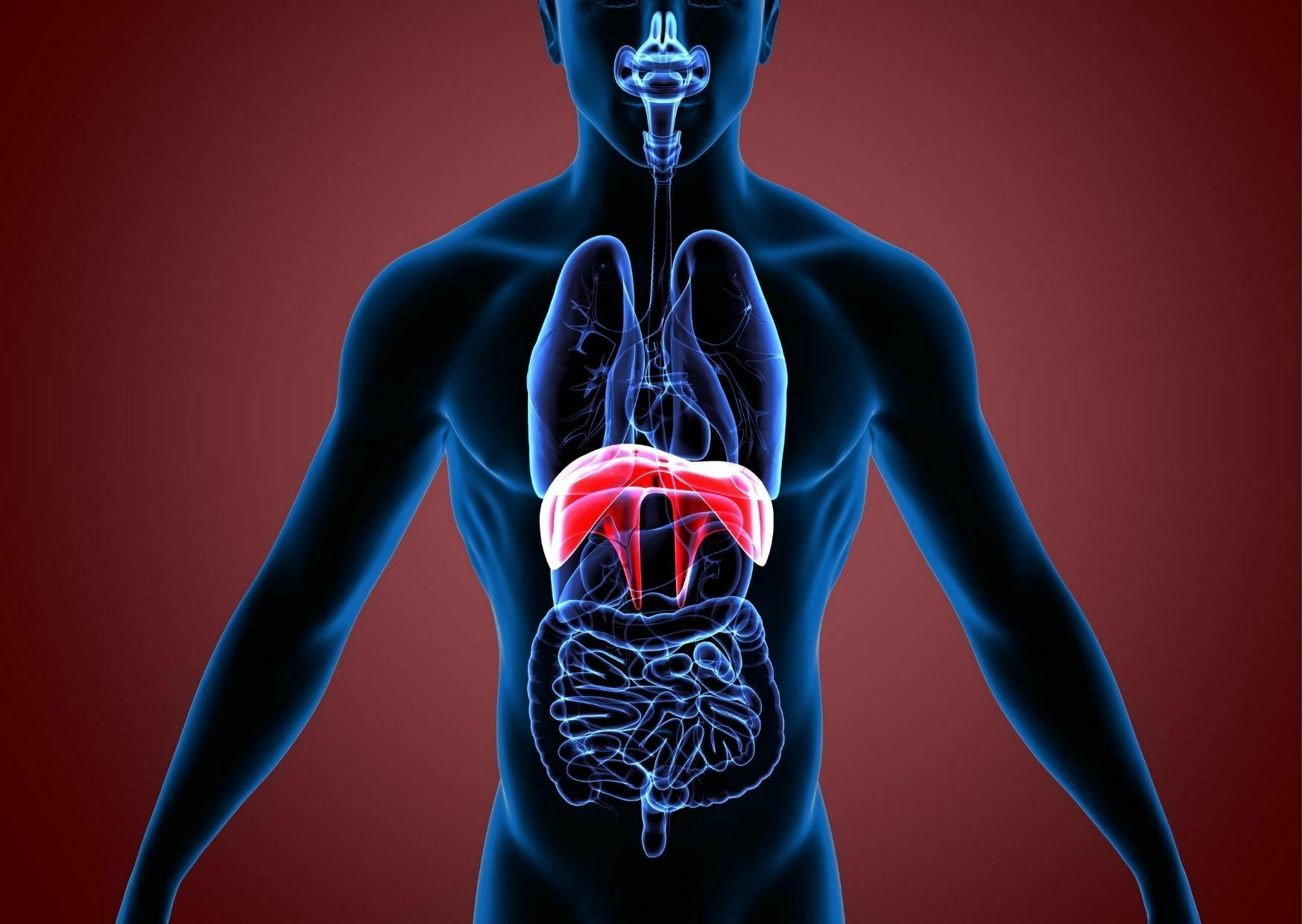
Location and shape of diaphragm
Breathing Technique
Which is the proper breathing technique for a full and benefic flow of oxygen? Basically, the lungs and belly should both expand equally. To acomplish this consciously, be aware of the three breathing types.
Lower or Belly Breathing
That’s the breathing you pratise unconsciously, e.g. when you sleep. Place your hands on your belly and let your normal breathing flow go. With the inhale you feel the belly expanding, with the exhale it reduces size. For this technique you are filling the lower part of your lungs and move the diaphragm.
Middle or Chest Breathing
Place your hands on your ribs, your fingers are almost touching. When you breath, you try not to move your belly. Try to fill the middle part of your chest, expanding the ribs sideward. With the inhale, your fingers slide apart, with exhale they slide back.
Upper or Clavicle Breathing
The upper breathing is a continuation of the middle breathing. Fill your chest with air, without moving your belly, then continue inhaling till you feel the area of your clavicle slightly lifting.
Complete Breathing
For the complete breathing you practise all three previous techniques sequentially in one go. With the inhale open your belly, then expand your chest and finally slightly lift your clavicle arae. While exhaling start with retracting your belly, before emptying the middle and finally the upper part of your lungs.
Control your Breath and you Control your Life
Slow and mindful breathing is one of the most practical and effective relaxation techniques. Reserach shows it immediately lowers your heart rate and resting blood pressure and permanently decreases resting blood pressure after a few weeks of consistent practice.
By mastering your breath you also are master of your emotions, you can boost your energy and hormon production. More about this in the coming posts, stay tuned.


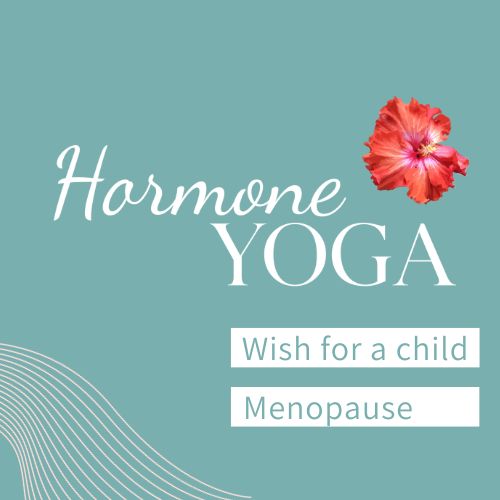

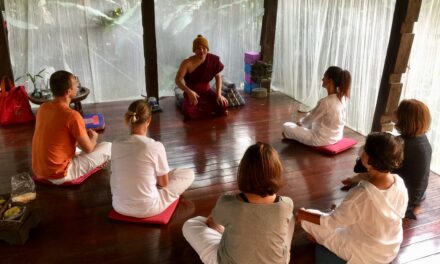
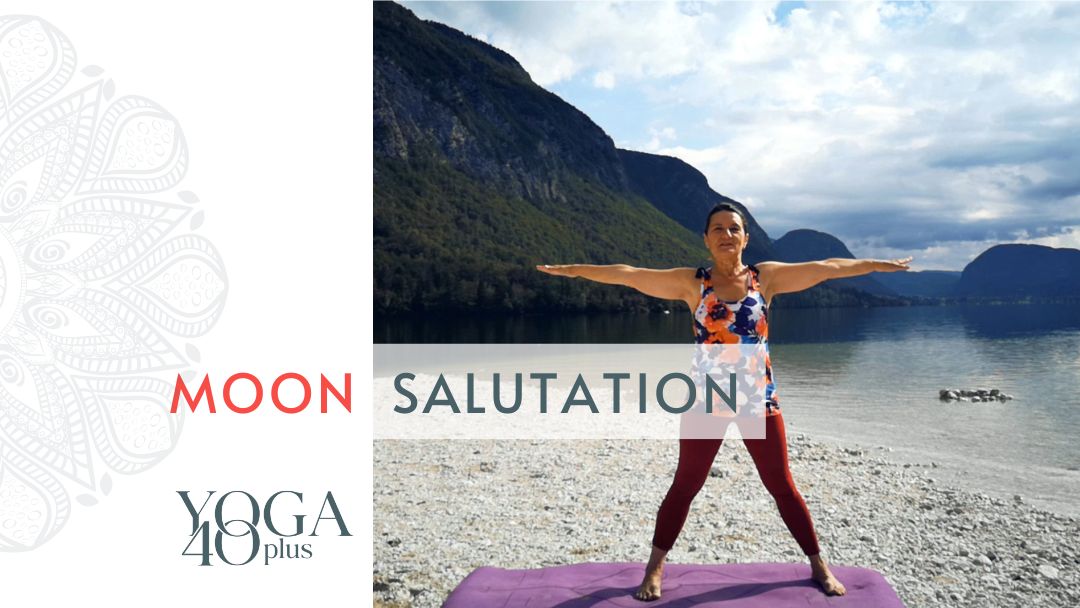
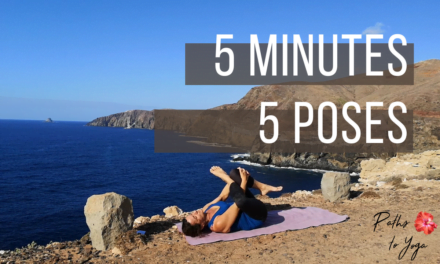

Thanks a lot for these easily comprehensive and detailed descriptions of this important breathing issue !
Thanks Angelika! Yes indeed, so important and easy to control if we are aware of the functioning.